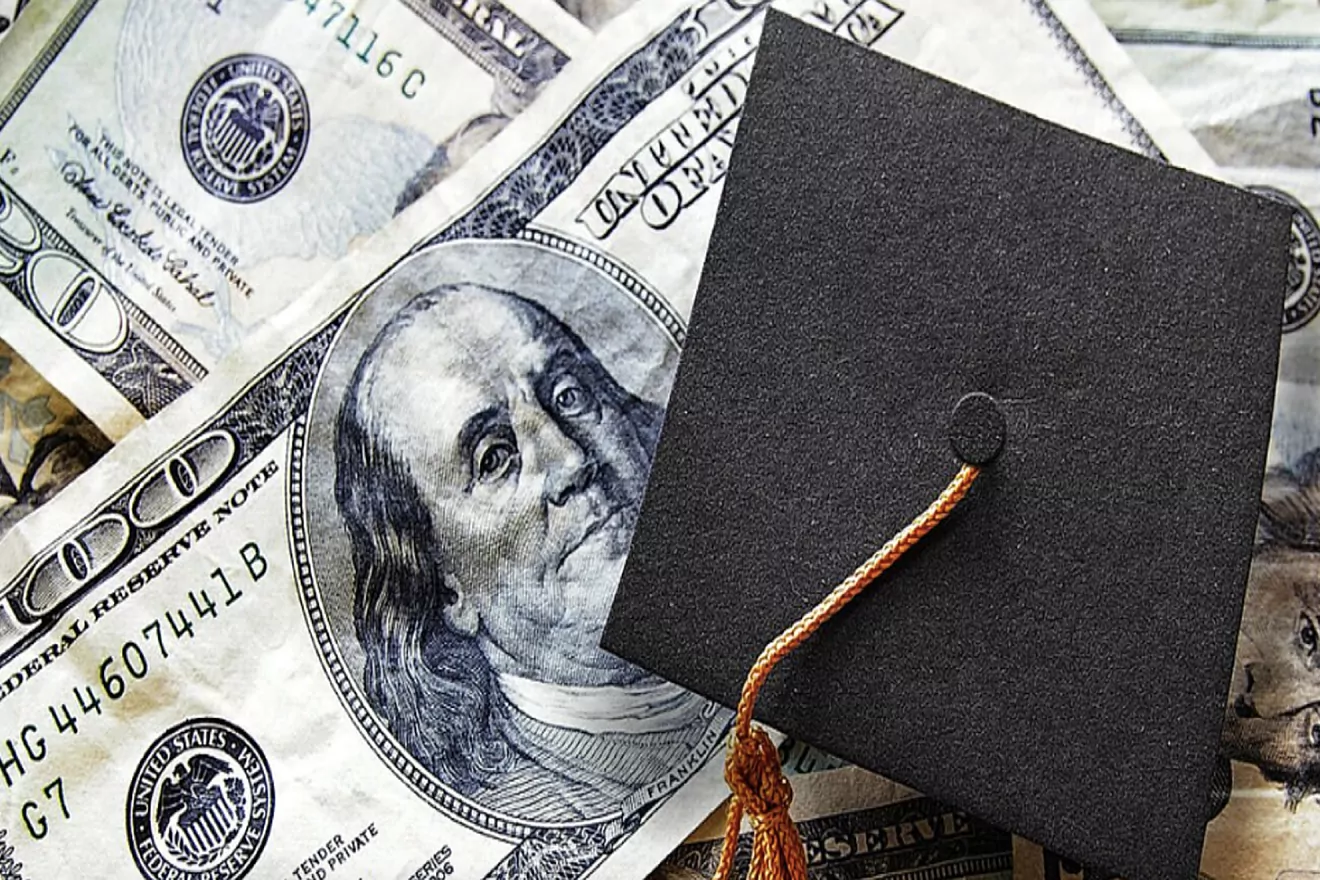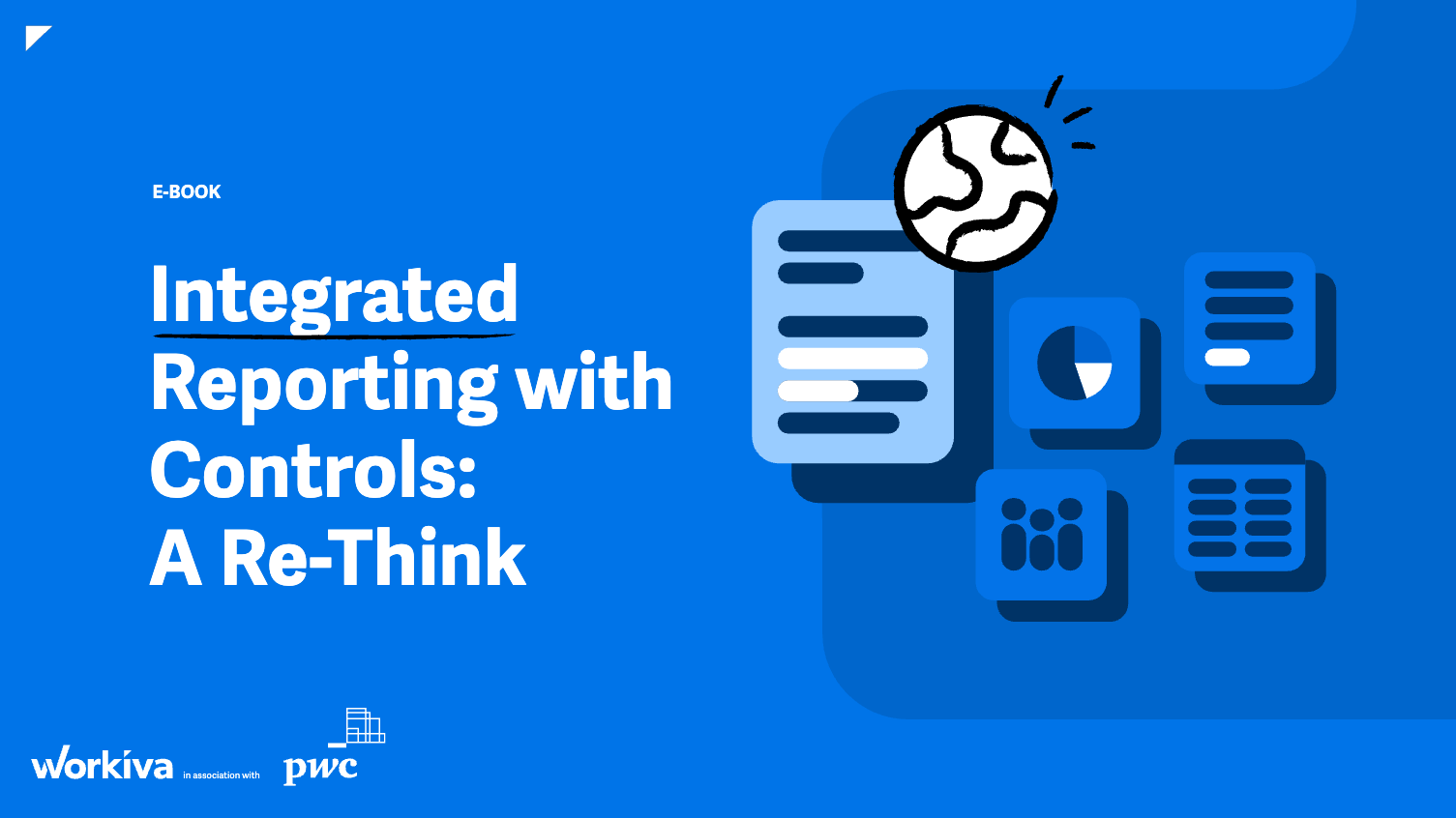As the Fall 2025 academic year approaches, students and families across the nation are preparing for the financial demands of higher education. In light of rising tuition and living expenses, understanding the intricacies of student loan interest rates has never been more crucial. This year brings both promising news and necessary cautions for those considering federal or private student loans.
Federal Loan Landscape Shifts
For the first time in five years, the federal government has announced a decrease in interest rates for student loans, offering a slight reprieve for borrowers. Undergraduate students taking out Direct Loans for the 2025-26 academic year will face an interest rate of 6.39%. Graduate students will encounter a rate of 7.94%, while both parents and graduate students opting for Direct PLUS Loans will deal with a rate of 8.94%. These rates are fixed, meaning they will remain unchanged throughout the life of the loan. While these reductions may be incremental, they represent a welcome relief for many students who rely on federal loans to fund their education.
The Advantages of Federal Loans
Federal loans come with significant benefits that are not typically available with private loans. These include deferment and forbearance options, income-driven repayment plans, and potential loan forgiveness. Such protections can be crucial if a borrower’s financial situation changes post-graduation.
Private Loan Considerations
For some students, especially those with strong credit or a qualified co-signer, private loans may present an attractive option due to potentially lower starting rates. In early 2025, the average fixed rate for a 10-year private student loan was approximately 7.54% for those with excellent credit. Variable rate loans, however, averaged a starting point of 9.81%, with the possibility of increasing further over time.
While interest rates are a significant factor, the decision to choose between federal and private loans often involves more considerations. Federal loans generally offer more forgiving terms if financial circumstances change. In contrast, private loans may lack income-based repayment options and loan forgiveness, posing a higher risk for some borrowers.
Credit Considerations in Private Lending
It’s important to note that private lenders conduct credit checks, and the best rates are reserved for those with strong credit histories. Federal loans, however, are accessible to most students regardless of their credit score or income.
Defining a “Good” Loan Rate
When considering what constitutes a “good” student loan rate, context is key. In the current market, a private loan rate below 8% could be seen as competitive. However, it ultimately depends on the borrower’s long-term financial stability and ability to manage repayments.
Strategizing Financial Aid for Fall 2025
To effectively navigate these changes, students should consider several strategic steps:
Maximize Gift Aid: Before resorting to loans, explore all available grants and scholarships. These forms of financial aid do not require repayment and can significantly reduce the need for loans.
Contact Financial Aid Offices Early: Reach out to your institution’s financial aid office to discuss your options. They can provide information on emergency loans, payment plans, and other resources that may be available.
Compare Private Loan Options: If federal aid and institutional resources are insufficient, consider private student loans. While they may offer higher borrowing limits, it’s essential to compare interest rates and repayment terms to find the best option for your situation.
Understand Repayment Terms: Be fully aware of the terms and conditions of any loans you take out. This includes understanding interest rates, repayment schedules, and any potential changes in loan policies that may affect your financial obligations.
As students and families prepare for the upcoming academic year, the financial landscape offers both opportunities and challenges. By staying informed and strategically planning, borrowers can navigate the complexities of student loans with greater confidence.
Note: This article is inspired by content from https://www.marca.com/en/lifestyle/us-news/personal-finance/2025/06/15/684e9e9d268e3e7a4a8b456c.html. It has been rephrased for originality. Images are credited to the original source.







